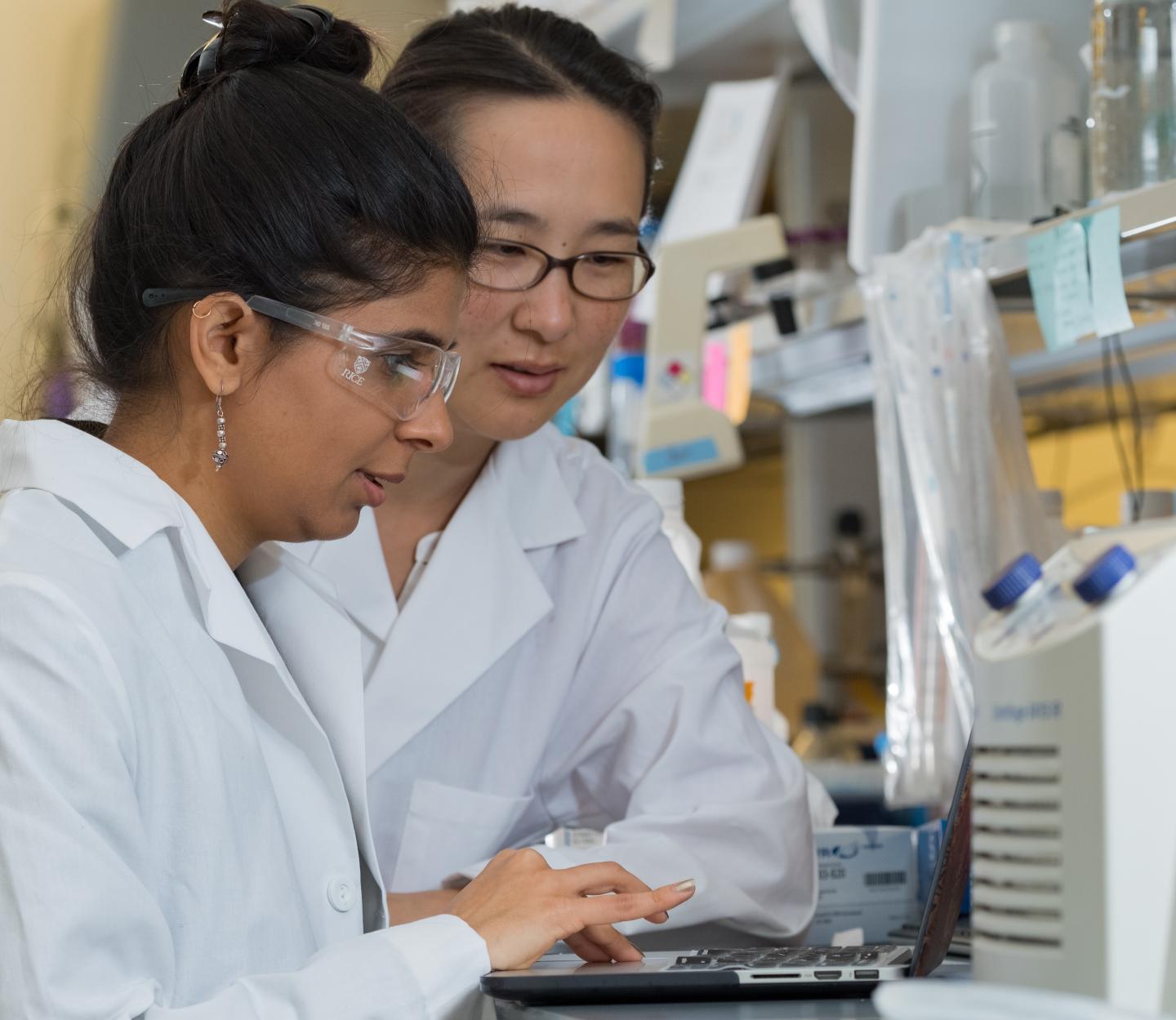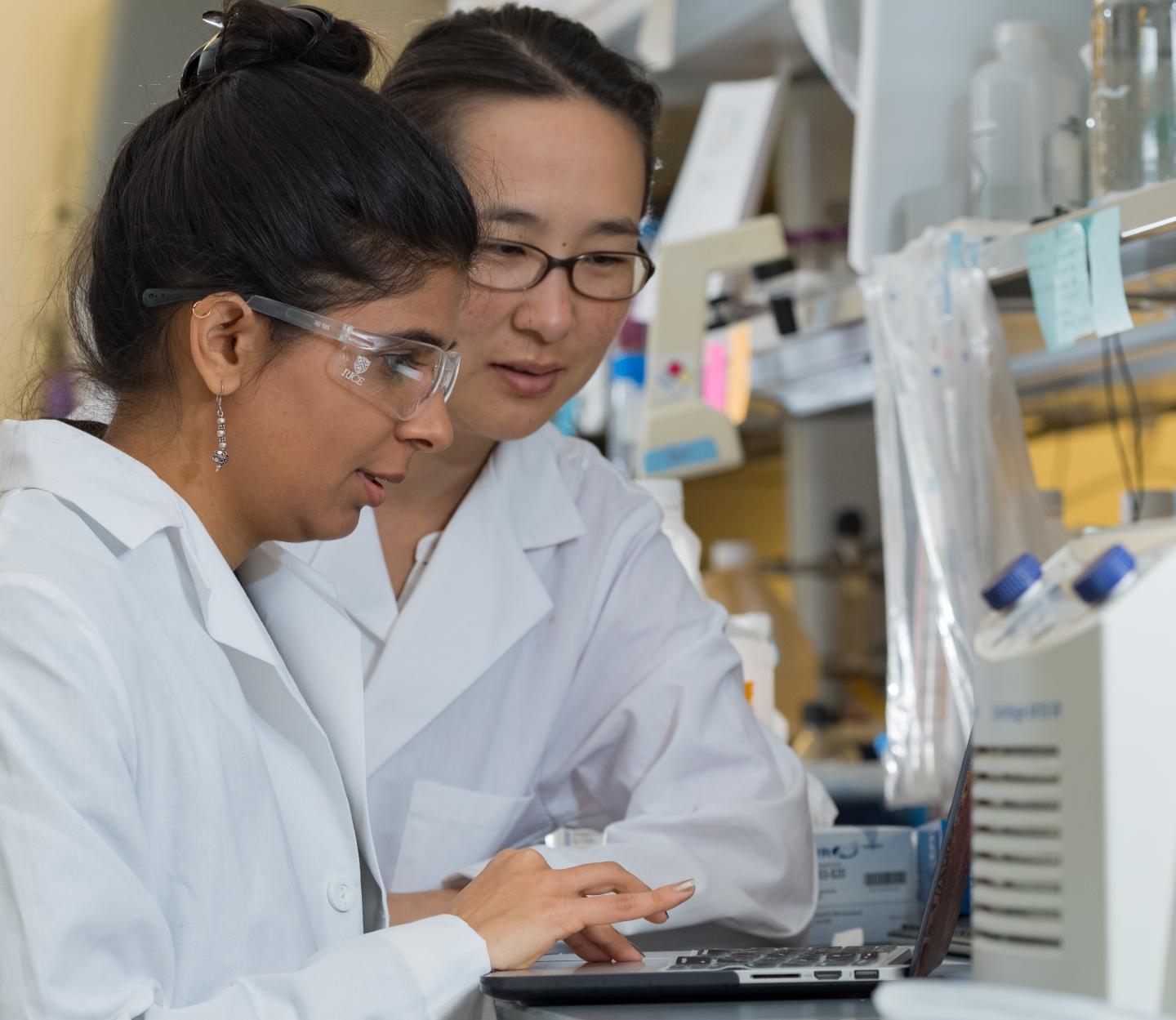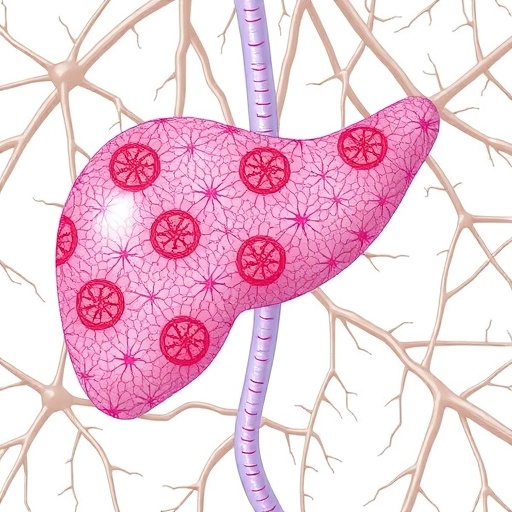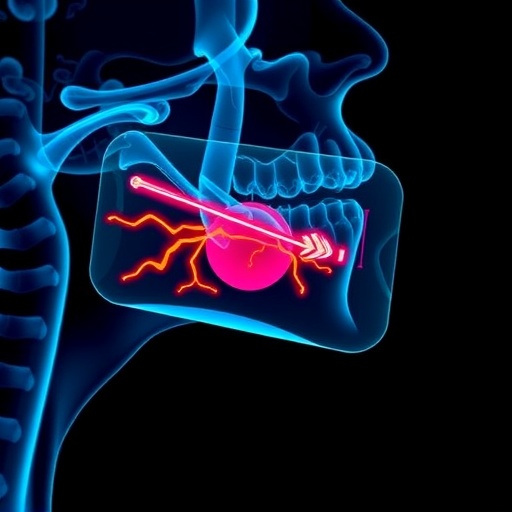
Credit: Jeff Fitlow/Rice University
By chipping away at a viral protein, Rice University scientists have discovered a path toward virus-like, nanoscale devices that may be able to deliver drugs to cells.
The protein is one of three that make up the protective shell, called the capsid, of natural adeno-associated viruses (AAV). By making progressively smaller versions of the protein, the researchers made capsids with unique abilities and learned a great deal about AAV's mechanisms.
The research appears in the American Chemical Society journal ACS Nano.
Rice bioengineer Junghae Suh studies the manipulation of nondisease-causing AAVs to deliver helpful cargoes like chemotherapy drugs. Her research has led to the development of viruses that can be triggered by light or by extracellular proteases associated with certain diseases.
AAVs are small — about 25 nanometers — and contain a single strand of DNA inside tough capsids that consist of a mosaic of proteins known as VP1, VP2 and VP3. AAVs have been used to deliver gene-therapy payloads, but nobody has figured out how AAV capsids physically reconfigure themselves when triggered by external stimuli, Suh said. That was the starting point for her lab.
"This virus has intrinsic peptide (small protein) domains hidden inside the capsid," she said. "When the virus infects a cell, it senses the low pH and other endosomal factors, and these peptide domains pop out onto the surface of the virus capsid.
"This conformational change, which we termed an 'activatable peptide display,' is important for the virus because the externalized domains break down the endosomal membrane and allow the virus to escape into the cytoplasm," Suh said. "In addition, nuclear localization sequences in those domains allow the virus to transit into the nucleus. We believed we could replace that functionality with something else."
Suh and lead author and Rice graduate student Nicole Thadani think their mutant AAVs can become "biocomputing nanoparticles" that detect and process environmental inputs and produce controllable outputs. Modifying the capsid is the first step.
Of the three natural capsid proteins, only VP1 and VP2 can be triggered to expose their functional peptides, but neither can make a capsid on its own. Shorter VP3s can form capsids by themselves, but do not display peptides. In natural AAVs, VP3 proteins outnumber each of their compadres 10-to-1.
That limits the number of peptides that can be exposed, so Suh, Thadani and their co-authors set out to change the ratio. That led them to truncate VP2 and synthesize mosaic capsids with VP3, resulting in successful alteration of the number of exposed peptides. Based on previous research, they inserted a common hexahistidine tag that made it easy to monitor the surface display of the peptide region.
"We wanted to boost the protein's activable property beyond what occurs in the native virus capsid," Thadani said. "Rather than displaying just five copies of the peptide per capsid, now we may be able to display 20 or 30 and get more of the bioactivity that we want."
They then made a truncated VP2 able to form a capsid on its own. "The results were quite surprising, and not obvious to us," Suh said. "We chopped down that VP2 component enough to form what we call a homomeric capsid, where the entire capsid is made up of just that mutant subunit. That gave us viruses that appear to have peptide 'brushes' that are always on the surface.
"A viral structure like that has never been seen in nature," she said. "We got a particle with this peptide brush, with loose ends everywhere. Now we want to know if we can use these loose ends to attach other things or carry out other functions."
Homomeric AAVs display as many as 60 peptides, while mosaic AAVs could be programmed to respond to stimuli specific to particular cells or tissues and display a smaller desired number of peptides, the researchers said.
"Viruses have evolved to invade cells very effectively," Suh said. "We want to use our virus as a nanoparticle platform to deliver protein- or peptide-based therapeutics more efficiently into cells. We want to harness what nature has already created, tweak it a little bit and use it for our purposes."
###
Co-authors are Rice Ph.D. graduate Christopher Dempsey and alumna Julia Zhao and former lab manager Sonya Vasquez. Suh is an associate professor of bioengineering.
The research was supported by a National Science Foundation Graduate Research Fellowship to Thadani and a National Institutes of Health Nanobiology Interdisciplinary Graduate Training Program grant to Dempsey.
Read the abstract at http://pubs.acs.org/doi/10.1021/acsnano.7b07804
This news release can be found online at http://news.rice.edu/2018/01/08/kindest-cut-makes-virus-programmable/
Follow Rice News and Media Relations via Twitter @RiceUNews
Related materials:
Reprogramming virus nanoparticles to bind metal ions upon activation with heat: http://pubs.acs.org/doi/abs/10.1021/bm200225x
Synthetic Virology Lab (Suh Lab): https://sites.google.com/site/suhsynvirol/
Department of Bioengineering: http://bioe.rice.edu
George R. Brown School of Engineering: https://engineering.rice.edu
Located on a 300-acre forested campus in Houston, Rice University is consistently ranked among the nation's top 20 universities by U.S. News & World Report. Rice has highly respected schools of Architecture, Business, Continuing Studies, Engineering, Humanities, Music, Natural Sciences and Social Sciences and is home to the Baker Institute for Public Policy. With 3,879 undergraduates and 2,861 graduate students, Rice's undergraduate student-to-faculty ratio is 6-to-1. Its residential college system builds close-knit communities and lifelong friendships, just one reason why Rice is ranked No. 1 for quality of life and for lots of race/class interaction and No. 2 for happiest students by the Princeton Review. Rice is also rated as a best value among private universities by Kiplinger's Personal Finance. To read "What they're saying about Rice," go to http://tinyurl.com/RiceUniversityoverview.
Media Contact
David Ruth
[email protected]
713-348-6327
@RiceUNews
http://news.rice.edu
Related Journal Article
http://dx.doi.org/10.1021/acsnano.7b07804





